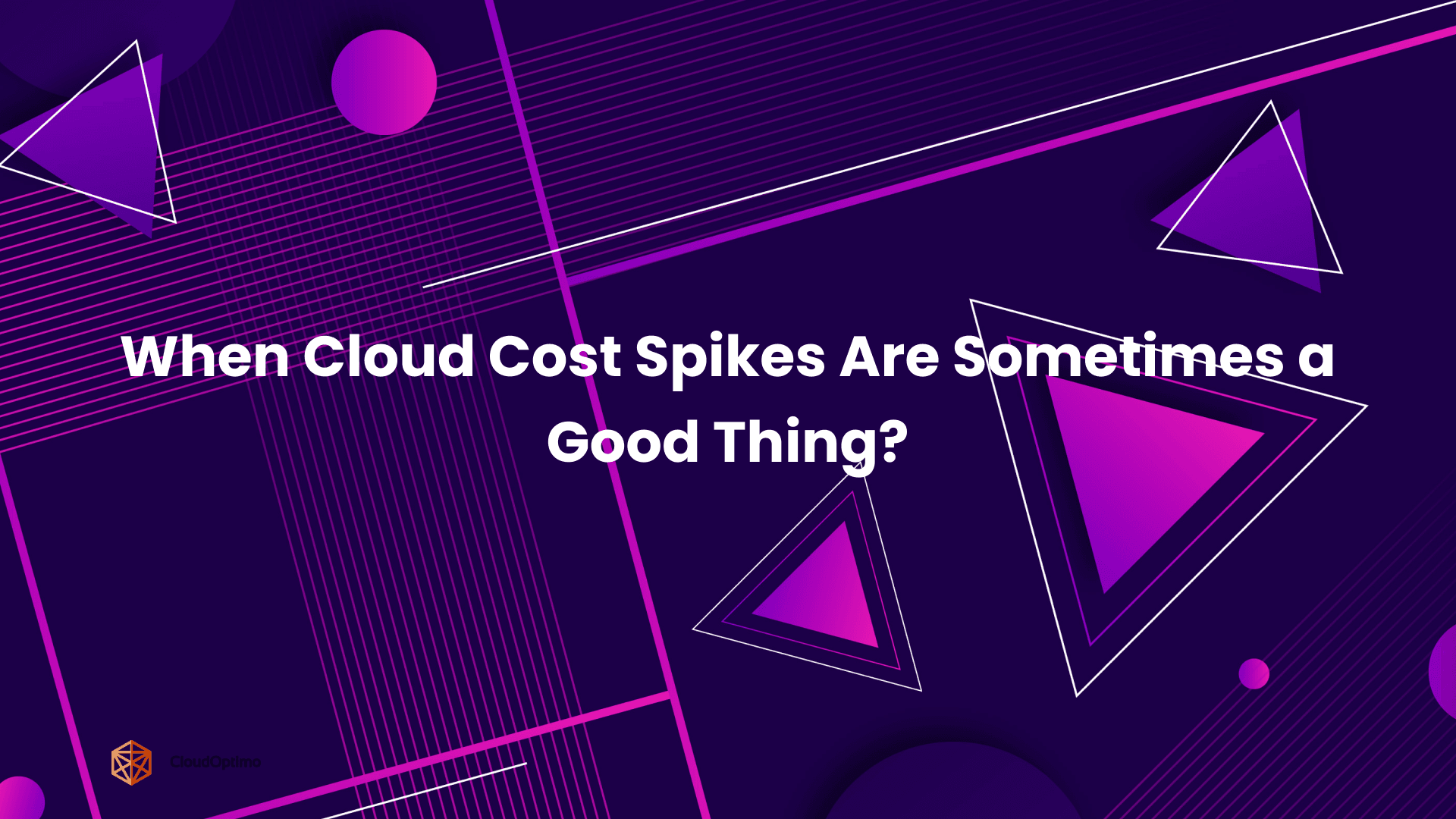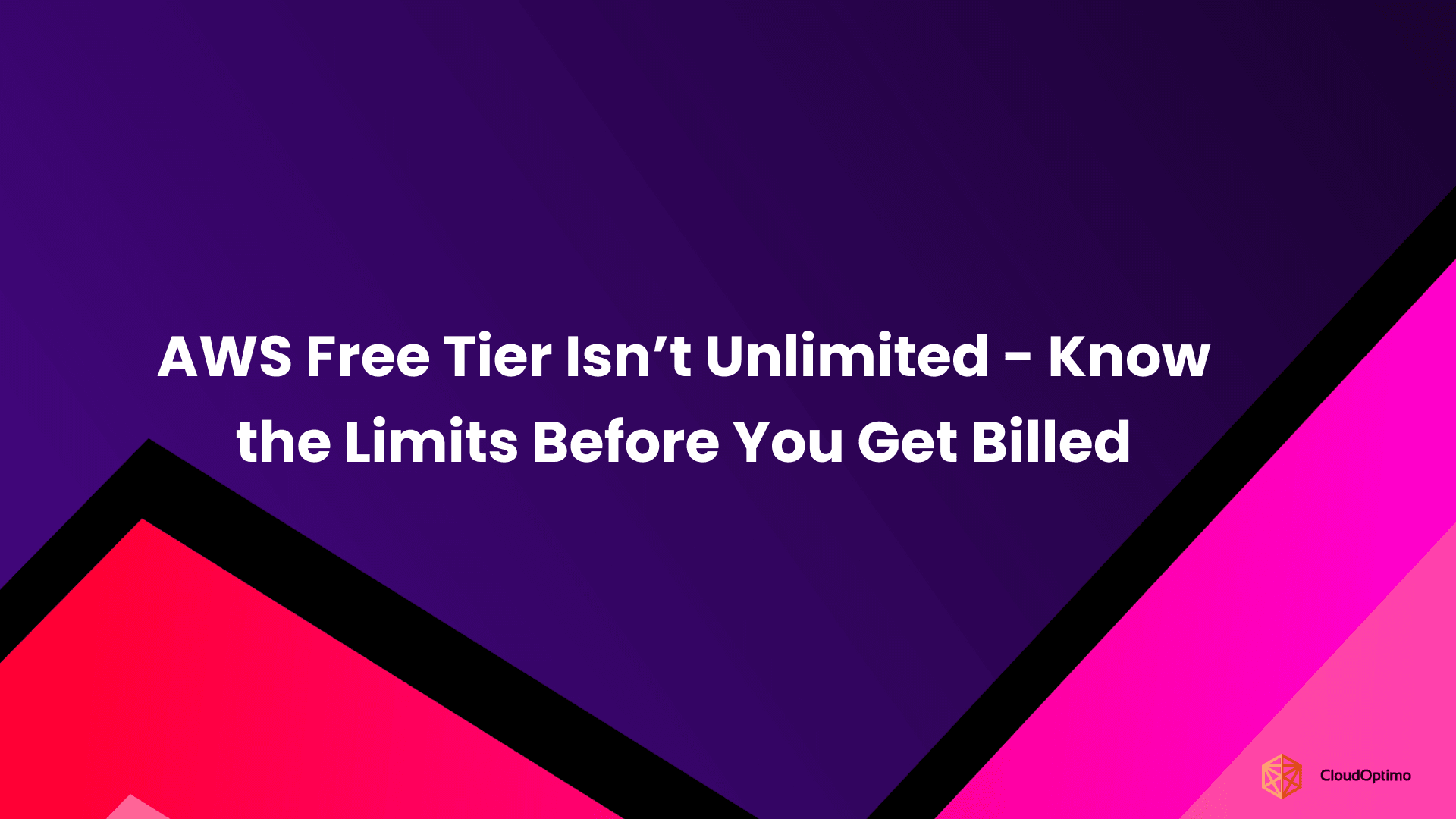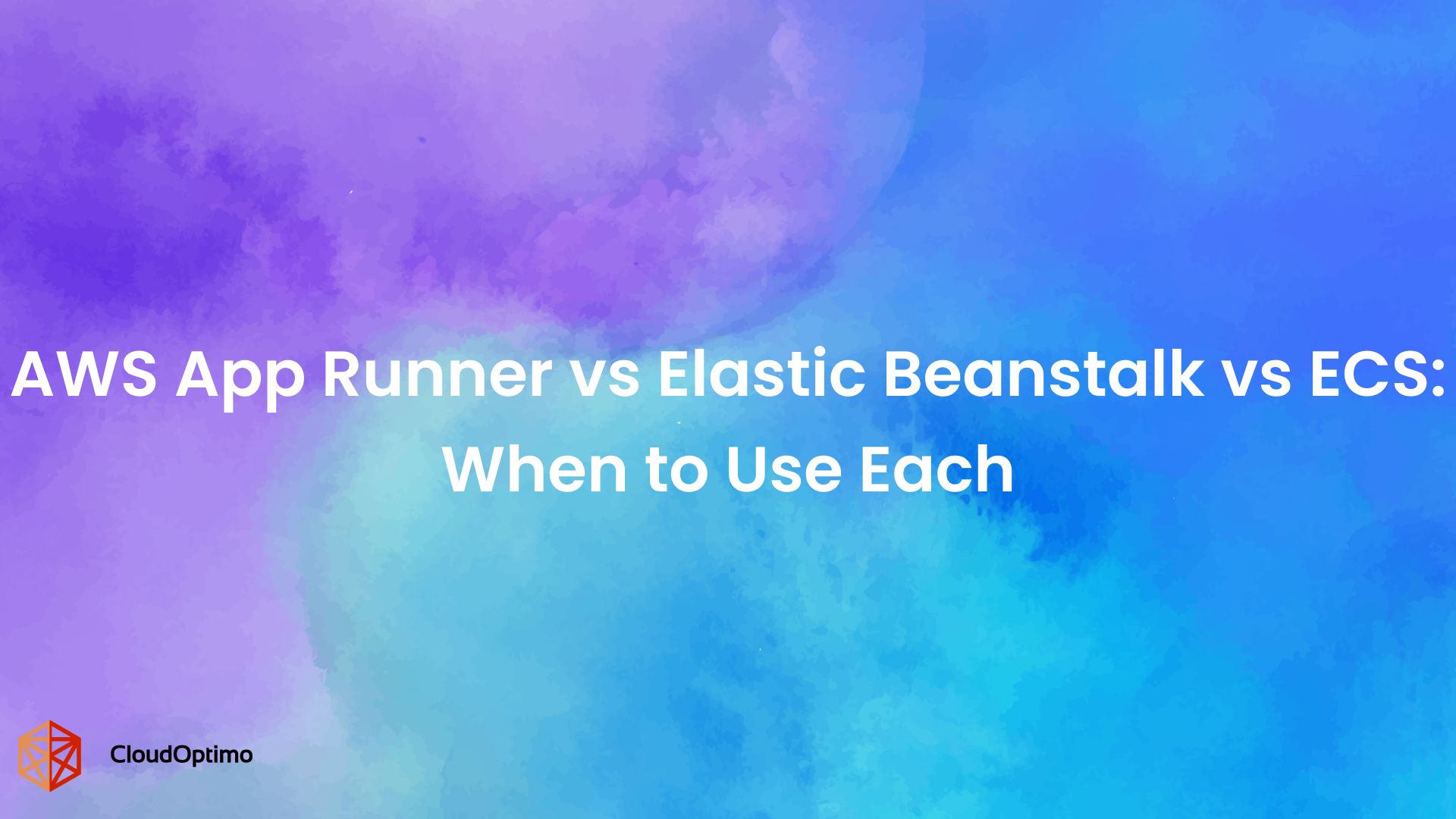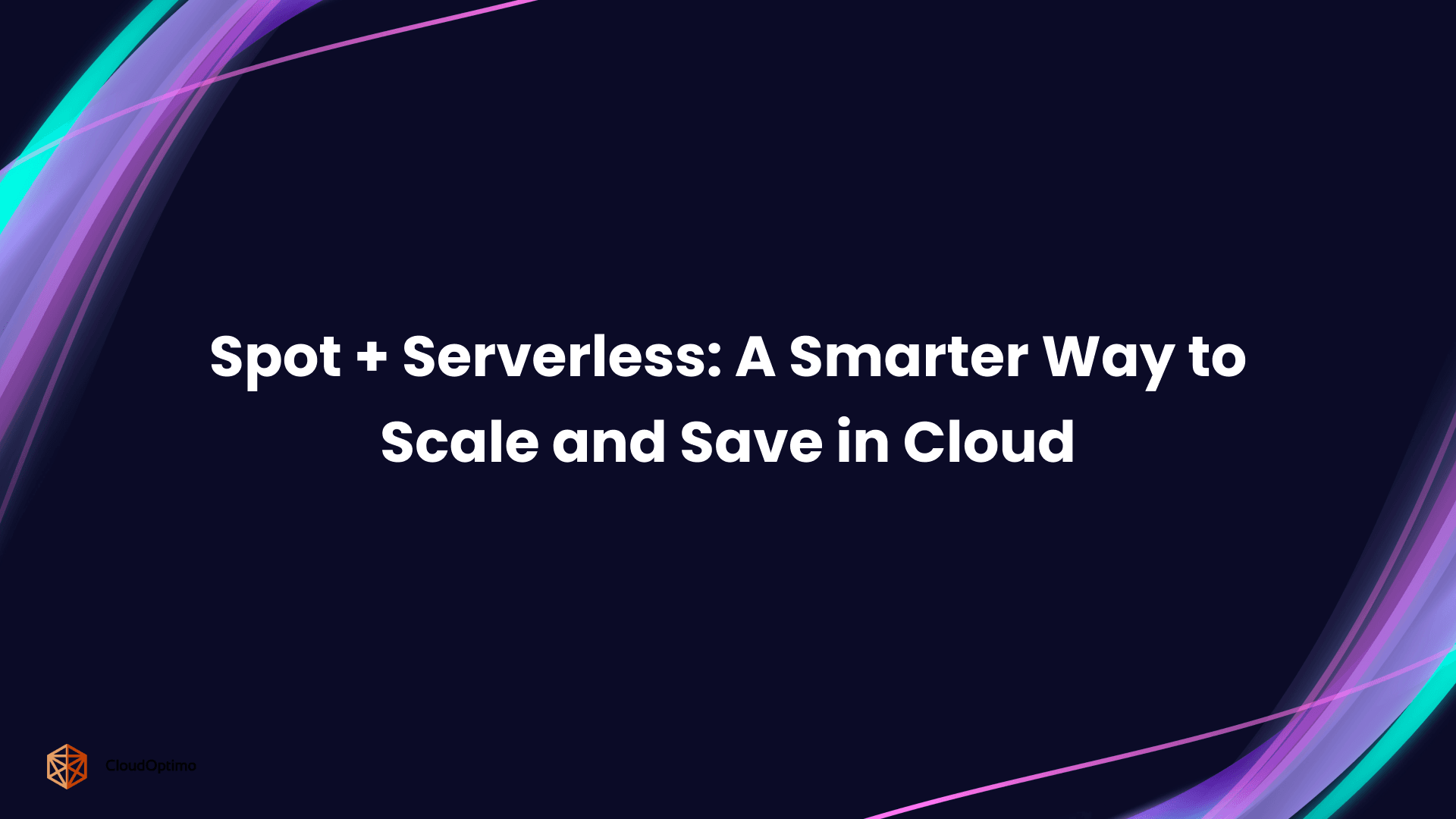Introduction
Azure virtual machines (VMs) offer a convenient way to run workloads in the cloud. However, with many VM options and pricing structures, selecting the most cost-effective solution can sometimes be complex. This guide examines the key aspects that affect Azure VM pricing, helping you make informed decisions for your specific needs.
Understanding Microsoft Azure VM Pricing Model
There are several ways to pay for Azure virtual machines (VMs), depending on your needs. Here's a look at the main Azure VM Pricing models offered by Microsoft:
Azure Pay-As-You-Go Pricing Model
Known as On-demand, this is the most flexible option. The pay-as-you-go model for Microsoft Azure virtual machines (VMs) offers a flexible and cost-effective solution for businesses and individuals. This pricing model allows users to pay only for the computing resources they use, without the need for long-term commitments or upfront payments. Users can easily scale their VM usage up or down based on their current needs, making it ideal for handling variable workloads. Billing is calculated on an hourly basis, ensuring transparency and predictability in costs.
This model is particularly beneficial for startups, seasonal businesses, or projects with fluctuating demands, as it helps manage budgets effectively without overspending. Additionally, the pay-as-you-go model eliminates the risk of over-provisioning resources, ensuring that users only pay for what they actually utilize. Overall, it provides a straightforward and adaptable approach to managing cloud computing expenses.
Pros of Pay-As-You-Go Model:
- Economical: Users are charged only for the resources they actually use, reducing unnecessary expenditures.
- Scalability: VM usage can be increased or decreased as needed, making it suitable for varying workloads.
- No Initial Investment: No need for large upfront payments or long-term contracts.
- Diverse Options: Offers over 200 different VM sizes and configurations, fitting a wide range of applications.
- Accurate Billing: Costs are calculated per second, providing precise expense management
Cons of Pay-As-You-Go Model
- Higher Long-Term Costs: Continuous usage over long periods can be more expensive compared to reserved instances or fixed pricing models.
- Monitoring Complexity: Requires constant monitoring to prevent unexpected charges from variable usage patterns.
- Cost Variability: Monthly expenses can fluctuate, making it harder to predict and plan budgets accurately.
- Resource Management: Users must actively manage resources to avoid over-provisioning or under-provisioning, which can affect cost efficiency.
Microsoft Azure Pay-As-You-Go VM Pricing Structure
Below is a table showcasing some of the pricing options for Microsoft Azure Virtual Machines under the pay-as-you-go model.
VM Series | vCPU | Memory (GiB) | Hourly Price (USD) | OS License (Monthly) | Storage (30 GiB Managed Disk - USD/Month) | Egress (Outbound Internet - USD/GB) |
| Basic (A-series) | 1 | 1 | ~$0.010 | Included (for Linux) | ~$0.04 | ~$0.007 |
| 2 | 2 | ~$0.021 | Included (for Linux) | ~$0.08 | ~$0.007 | |
| 4 | 4 | ~$0.042 | Included (for Linux) | ~$0.16 | ~$0.007 | |
| Standard (B-series) | 1 | 2 | ~$0.040 | ~$15.00 (Windows) | ~$0.08 | ~$0.007 |
| 2 | 4 | ~$0.080 | ~$30.00 (Windows) | ~$0.16 | ~$0.007 | |
| 4 | 8 | ~$0.160 | ~$60.00 (Windows) | ~$0.32 | ~$0.007 | |
| General Purpose (D-series) | 1 | 2 | ~$0.090 | ~$15.00 (Windows) | ~$0.08 | ~$0.007 |
| 2 | 4 | ~$0.180 | ~$30.00 (Windows) | ~$0.16 | ~$0.007 | |
| 4 | 8 | ~$0.360 | ~$60.00 (Windows) | ~$0.32 | ~$0.007 |
Note:- Remember, these are approximate prices. For precise and up-to-date cloud pricing, you can try our CostCalculator tool.
Azure Reserved Instances (RIs)
Azure Reserved Instances offer a cost-effective solution for long-term cloud computing needs by allowing users to reserve virtual machines (VMs) for a one or three-year term. This model provides up to 72% savings compared to pay-as-you-go pricing. Reserved Instances are ideal for predictable workloads, enabling businesses to optimize budgets while ensuring consistent performance. They support various VM sizes and regions, and can be easily exchanged or canceled if needs change. Billing flexibility allows payment upfront, annually, or monthly. Additionally, Azure Hybrid Benefit lets users save more by applying existing Windows Server licenses to reserved instances.
Pros of Azure Reserved Instances
- Cost-Efficiency: Azure Reserved Instances offer significant cost savings, up to 72% compared to pay-as-you-go pricing, aiding in long-term budget management.
- Budget Predictability: With fixed upfront payments, organizations can accurately forecast cloud expenses, enhancing financial planning and stability.
- Flexible Terms: Available in one-year and three-year options, users have the flexibility to choose terms that align with their operational needs and budget constraints.
- Instance Flexibility: Reserved Instances support various VM sizes and regions, allowing organizations to tailor resources to specific workload demands.
Cons of Azure Reserved Instances:
- Commitment Obligations: Opting for Reserved Instances requires a commitment to fixed terms, which might not suit businesses with highly variable workloads.
- Limited Exchange Options: While Azure permits some instance exchanges, availability constraints and additional fees may limit flexibility, potentially complicating resource management.
Below is a simplified pricing structure table for Microsoft Azure Virtual Machine Reserved Instances (RI):
Instance | vCPU | RAM | Temporary Storage | Pay as you go | 1 Year Reserved | 3 Year Reserved |
| B2pts v2 | 2 | 1 GiB | 0 GiB | $6.13/month | $3.58/month | $2.34/month |
| B2pls v2 | 2 | 4 GiB | 0 GiB | $24.53/month | $14.50/month | $9.34/month |
| B2ps v2 | 2 | 8 GiB | 0 GiB | $49.06/month | $28.92/month | $12.26/month |
| B4pls v2 | 4 | 8 GiB | 0 GiB | $86.87/month | $51.25/month | $33.00/month |
| B4ps v2 | 4 | 16 GiB | 0 GiB | $97.82/month | $57.92/month | $24.46/month |
| A1 v2 | 1 | 2 GiB | 10 GiB | $31.39/month | $18.50/month | $3.14/month |
| A2 v2 | 2 | 4 GiB | 20 GiB | $65.92/month | $38.92/month | $6.59/month |
| A4 v2 | 4 | 8 GiB | 40 GiB | $139.43/month | $82.25/month | $13.94/month |
| A8 v2 | 8 | 16 GiB | 80 GiB | $291.27/month | $171.83/month | $29.13/month |
Azure Spot Instances
Azure Spot Instances offer a cost-effective way to leverage unused Azure compute capacity. These virtual machines (VMs) come at significantly lower prices with heavy discounts compared to standard pay-as-you-go options. However, Spot VMs can be interrupted by Azure if excess capacity shrinks or is needed elsewhere. This makes them ideal for workloads tolerant of interruptions, such as batch processing, non-critical tasks, or development/testing environments. You set a maximum price you're willing to pay per hour, and Azure will prioritize VMs within that limit. Spot Instances offer a balance between cost savings and potential disruption. Consider them for suitable workloads to optimize your cloud spending on Azure.
Pros of Azure Spot Instances:
- Significantly Lower Costs: Spot Instances provide a notable advantage by reducing expenses. This helps developers optimize their cloud budgets, making large-scale projects or extended simulations more viable.
- Price Control: With Spot Instances, you can set a maximum hourly price you are willing to pay. This ensures cost predictability and prevents unexpected price increases.
- Suitable for Stateless Workloads: Spot Instances are well-suited for stateless workloads, which can be interrupted and resumed without losing progress. Examples include batch processing, data analysis pipelines, and non-critical development environments.
Cons of Azure Spot Instances:
- Potential Interruptions: Spot Instances can be terminated by the cloud provider with little notice when demand fluctuates. This unpredictability can disrupt workflows and require additional management to handle interruptions.
- Availability Variability: The availability of Spot Instances is not guaranteed and can vary based on overall demand and supply. This can result in delays or the need to switch to more expensive instance types.
- Complexity in Management: Using Spot Instances effectively requires careful planning and monitoring. Developers need to design their applications to handle interruptions effectively, which can add complexity to the development process.
Here is a sample table summarizing the pricing for Azure Spot Instances along with Pay-as-You-Go.
| Instance | vCPU | RAM | Temporary Storage | Pay as You Go | Spot |
| B2ts v2 | 2 | 1 GiB | 0 GiB | $14.3080/month | $3.5770/month |
| B2ls v2 | 2 | 4 GiB | 0 GiB | $37.0840/month | $9.2710/month |
| B2s v2 | 2 | 8 GiB | 0 GiB | $67.4520/month | $16.8630/month |
| A1 v2 | 1 | 2 GiB | 10 GiB | $47.4500/month | $4.7450/month |
| A2 v2 | 2 | 4 GiB | 20 GiB | $99.2800/month | $9.9280/month |
| D2as v6 | 2 | 8 GiB | 0 GiB | $127.7500/month | $31.9375/month |
| D4as v6 | 4 | 16 GiB | 0 GiB | $254.7700/month | $63.6925/month |
| D8as v6 | 8 | 32 GiB | 0 GiB | $509.5400/month | $127.3850/month |
Additional Consideration:
- Azure Hybrid Benefit: This option lets you reduce costs by using your existing on-premise Windows Server or SQL Server licenses with Azure VMs. It's worth considering if you already own these licenses.
- Free Tier: Azure provides a limited free tier that includes access to specific VM types (B1s, B2pts v2, B2ats v2) for a maximum of 750 hours per month. This tier is suitable for trying out Azure VMs or running small, temporary workloads.
This table provides a comparison of Azure's pricing models:
Model Type | Description | Pros | Cons |
| Pay-As-You-Go | You pay per second for the virtual machine instance you use. | - Flexible and scalable - Ideal for unpredictable workloads | - Can be expensive for sustained use (high cost for continuous workloads) |
| Reserved Instances | You commit to upfront payment for a VM instance for a one- or three-year term in exchange for a significant discount. | - Significant cost savings for predictable workloads | - Less flexibility (limited instance switching) - Requires upfront commitment |
| Spot Instances | You bid on unused Azure capacity for VMs at a significantly lower price than Pay as you go model. | - Deep discounts - Ideal for fault-tolerant & non-critical workloads that can tolerate interruptions | - Unreliable availability (unpredictable VM uptime) - Prices can fluctuate |
| Azure Hybrid Benefit | You leverage your existing on-premises Windows Server or Linux licenses with Software Assurance or subscriptions for significant savings on VMs running those operating systems. | - Reduces software licensing costs on Azure VMs (license cost optimization, lower TCO) | - Requires existing qualifying on-premises licenses (existing Windows Server/Linux licenses) |
| Free Tier | Provides limited free usage of specific VM types for 12 months. | - Great for testing and learning Azure VMs (explore Azure VMs for free trial) | - Limited resources and functionality |
Azure Best Practices for Optimizing VM Costs
Here are some key strategies to minimize Azure VM expenses:
- Rightsizing VMs: Regularly evaluate your Azure Virtual Machine usage and adjust sizes to match actual resource needs. Ensure VM configurations align with workload requirements.
- Stopping Idle VMs: Terminate VMs when not in use to eliminate unnecessary charges. Automate this process or schedule VMs to start and stop based on usage patterns.
- Reserved Instances (RIs): If your workloads are predictable, consider committing to RIs for significant cost savings compared to Pay-As-You-Go pricing.
- Spot Instances: For workloads that can tolerate interruptions and are less critical, leverage Spot Instances for deeply discounted VMs. However, be aware of potential disruptions.
- Azure Hybrid Benefit: If you already have qualifying Windows Server or SQL Server licenses on-premises, take advantage of the Azure Hybrid Benefit to reduce VM costs.
- Managed Disks: Consider using Azure Managed Disks for VM storage. Managed Disks handle storage management tasks, potentially reducing costs compared to self-managed disks.
- Optimizing VM Disks: Choose the most suitable storage type (HDD or SSD) based on your workload's access patterns. Utilize features like Azure Premium Storage for performance-critical workloads, but consider standard options for less demanding scenarios.
Conclusion
By gaining an understanding of Azure VM pricing models and implementing cost-saving strategies, you can effectively manage your cloud expenditures. It enables you to make well-informed choices for your cloud implementations, enhancing the benefits you gain from your investment in Azure.
CloudOptimo offers a comprehensive suite of features including the CostCalculator designed to help you manage your cloud expenses effectively. Explore the platform to learn more about its functionalities and how it can potentially benefit your cloud cost optimization goals.





